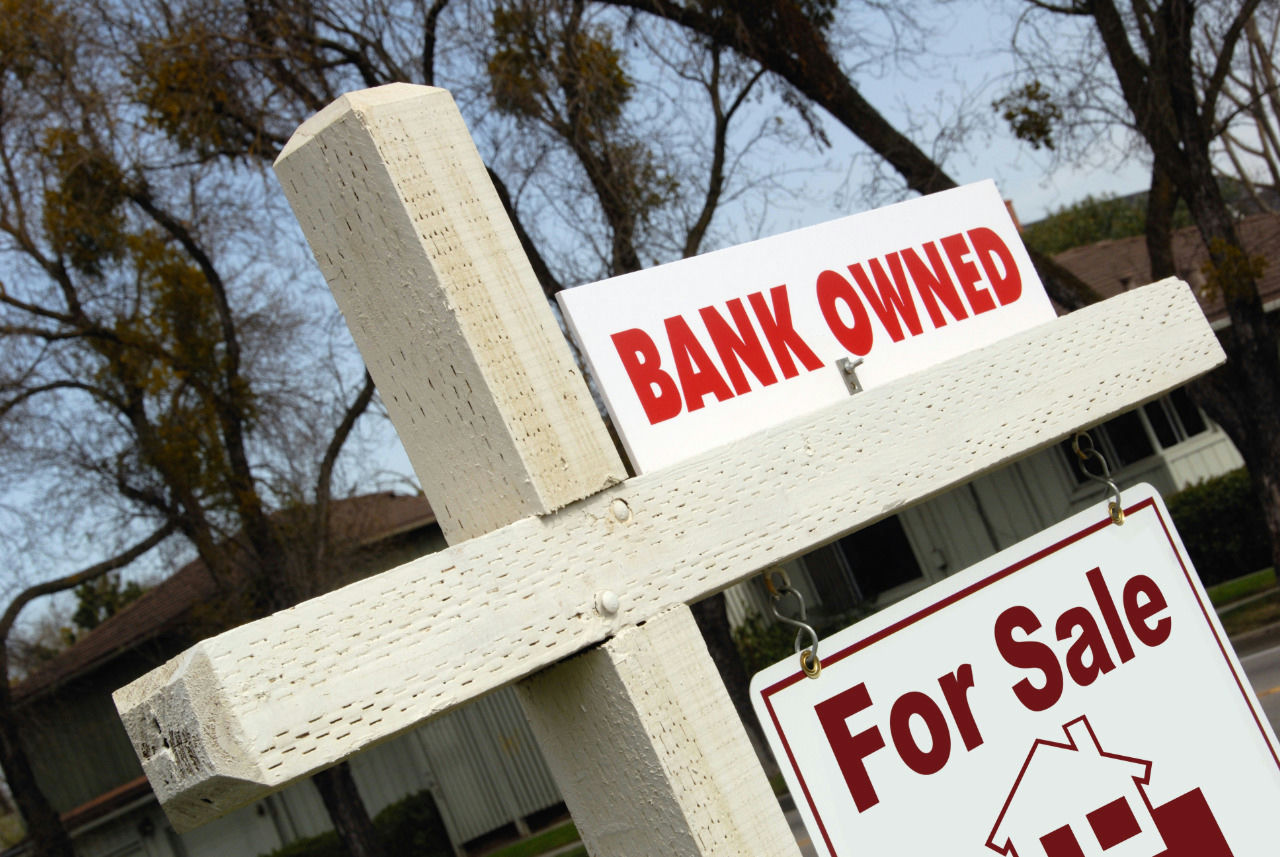Home equity loans present a pathway to unlock your home’s capital without the need to sell it. As you consistently make mortgage payments and as the value of your property appreciates over time, the portion of your home that you fully own , your equity, expands. Home equity loans provide an avenue to transform this equity back into debt in a trade-off for cash.
This type of loan has gained traction among homeowners contemplating home improvement projects. While the funds from a home equity loan can be utilized as desired, it’s generally recommended to invest the money in wealth-building endeavors, such as renovations that would enhance your home’s value.
Given your home serves as the collateral for an equity loan, a failure to repay could put you at risk of foreclosure. Hence, understanding the ins and outs of home equity loans is crucial if you’re considering this financial route.
Delving into Home Equity Loans
A home equity loan enables homeowners to capitalize on some of their home’s equity, providing them with cash in the form of a lump-sum payment. This loan is repaid at a fixed interest rate over a pre-determined duration, typically ranging from five to 20 years, although some lending institutions offer terms as long as 30 years.
Most lenders necessitate that you have at least 20% equity in your home, though some permit you to borrow over 90% of your home’s value. According to data from the National Association of Realtors, seasoned homeowners made an average down payment of 17% in the previous year, thus qualifying for a home equity loan with many lenders almost immediately after closing. First-time home buyers, who made an average down payment of 6%, may have to select from a narrower pool of lenders with higher combined loan-to-value, or CLTV, limits.
Regular mortgage payments are one way to augment your home equity. If property values in your region have escalated since you bought your home, your equity might be growing at an accelerated pace.
Mechanics of a Home Equity Loan
Commonly referred to as “second liens” or “second mortgages,” home equity loans finance a portion of the total value of the home with the property serving as collateral. This arrangement comes with both benefits and drawbacks for homeowners. While you might qualify for a better rate with a home equity loan compared to an unsecured loan, the risk is that the lender can foreclose on your home if you default on your payments.
If you’re contemplating a home equity loan, the first thing you need to ascertain is how much you intend to borrow. Contrary to a home equity line of credit (HELOC), which lets you draw from a line of credit as needed, home equity loans necessitate you to have a concrete estimate of your project’s cost upfront. Once you determine how much you’ll require, you’ll want to calculate the value of your equity relative to the value of the home.
Your subsequent step is to explore lenders. It’s advisable to reach out to more than one to secure the best available rate and terms.
Upon loan approval, you’ll receive the full amount at closing, and you’ll repay the home equity loan — principal and interest every month — at a fixed rate over a specific number of years. Ensure that you can afford this secondary mortgage payment in addition to your current mortgage, as well as your other monthly expenses.
Potential Uses of a Home Equity Loan
Ideally, a home equity loan should be used for a repair, renovation, or project that will augment the value of the home. However, homeowners can use a home equity loan for any purpose they like. It’s prudent, though, to refrain from using equity to finance purchases that won’t add to wealth and can’t be recouped, such as vacations.
Strategies to Secure the Best Home Equity Loan Rates
When shopping for a home equity loan, ensuring your financials are in optimal shape is beneficial. This implies pulling your credit reports from the three main credit reporting agencies, Experian, Equifax, and TransUnion, and rectifying any discrepancies you find. You might also consider paying down any larger balances, which could improve your debt-to-income ratio and potentially the rates you’re offered.
Once you feel confident about your application, compare mortgage rates between at least three home equity loan lenders. Even small differences in the rate you pay could amount to significant savings over your loan term.
Borrowing Limit with a Home Equity Loan
A home equity loan typically permits you to borrow around 80% to 85% of your home’s worth, minus what you owe on your mortgage. Some lenders allow you to borrow significantly more — even as much as 100% in some cases.
Home Equity Loan Eligibility Criteria
Qualification requirements for home equity loans differ by lender, but generally, you’ll likely need the following to get approved:
- Home equity of at least 15% to 20%.
- A credit score of 620 or higher.
- Debt-to-income ratio of 43% or lower.
Your lender may also require an appraisal to verify your home’s fair market value and determine how much you’re eligible to borrow.
Evaluating Home Equity Loans
Whether a home equity loan is beneficial or not hinges on your financial situation and your plans for the funds. Using your home as collateral entails significant risk, so it’s worthwhile to carefully consider the advantages and disadvantages of a home equity loan.
Alternatives to Home Equity Loans: HELOC or Cash-Out Refinance?
Unlike the single lump sum of a home equity loan, a HELOC offers flexibility. You only borrow what you need, then repay it and borrow again. However, HELOCs often come with adjustable rates, meaning your rate could rise or fall over the life of the loan, making your payments less predictable.
Another alternative is a cash-out refinance, which replaces your existing mortgage with a new, larger loan, allowing you to spend the difference. However, this means that you’ll have a new interest rate on your primary mortgage, which may not be ideal if rates have risen since you initially bought your home. You’ll also incur closing costs.
It’s also worth noting that the size of the loan you can get with a cash-out refinance often exceeds what you could borrow with a HELOC or home equity loan, depending on your home’s value and your outstanding mortgage balance. This makes it an attractive option if you need a large sum of money. But remember, you’re essentially starting your mortgage over from scratch, so consider the longer-term implications.
Another important factor to consider in both options is your home equity. Both HELOCs and cash-out refinancing use your home as collateral, meaning that if you’re unable to repay the loan, you risk losing your home. It’s important to carefully consider this risk before choosing one of these borrowing options.
HELOCs and cash-out refinance are different tools that can be used for different situations. While a HELOC might be ideal for ongoing expenses such as home renovation, a cash-out refinance could be a better fit if you have a significant, one-time expense like paying for a child’s college education.
In both cases, it’s important to remember that while these loans can be used to consolidate and pay off high-interest debts, they are not a cure-all for financial difficulties. They should be used responsibly, and it’s best to seek the advice of a financial advisor before deciding which option is right for you.
Additionally, other alternatives to home equity loans exist, such as personal loans or credit cards. While these options typically come with higher interest rates, they don’t require you to put your home at risk. Plus, they offer fixed monthly payments, which can make budgeting easier.
Conclusion
Navigating the financial waters of home equity loans can be intricate, but with careful consideration and strategic planning, they can provide a useful tool for homeowners needing to tap into the value of their homes. Remember, your home is not only your shelter but also an investment. Leveraging it should be done judiciously and with a clear understanding of the implications.
Whether you’re considering a home equity loan for renovations, to consolidate debts, or to meet a major financial obligation, it’s crucial to weigh your options and alternatives. Between home equity loans, HELOCs, and cash-out refinancing, each option carries distinct terms, advantages, and risks.
Keep in mind that while these tools can potentially offer financial relief or a way to invest in your property’s future, they are not without risk. Your home acts as collateral for these loans, meaning if you default, you could lose your home. Therefore, before making your decision, it’s recommended to have a detailed discussion with a financial advisor to ensure you’re making the most informed and beneficial choice for your circumstances.
Ultimately, the objective is to make your home’s equity work for you in a manner that strengthens your financial standing and safeguards your future. While navigating the landscape of home equity loans can be complex, an educated approach will ensure you make a decision that aligns with your long-term financial goals.









